Plastic Extrusion
What is Plastic Extrusion?
Plastic extrusion is a highly versatile and widely used manufacturing process that plays a crucial role in the production of various plastic products. The process begins by feeding plastic pellets or granules, often made from thermoplastic materials such as PVC, polyethylene, or polypropylene, into an extruder. The plastic is then subjected to heat and mechanical pressure inside the extruder barrel, causing it to melt and transform into a smooth, uniform molten material. This heated, liquefied plastic is forced through a specially designed mold or die, which determines the cross-sectional shape of the final product. As the molten plastic exits the die, it is rapidly cooled and solidified, taking on the shape dictated by the die.
The resulting extruded material is in the form of a continuous length of the desired shape, such as pipes, tubes, profiles, or sheets. The customizability of the plastic extrusion process allows manufacturers to create products with varying diameters, thicknesses, lengths, and designs, making it a preferred method for mass-producing plastic items in high volumes.
How Plastic Extrusion Works
Plastic Material Preparation
- The process begins by feeding plastic pellets or granules (usually made of thermoplastic polymers like PVC, polyethylene, polypropylene, or polystyrene) into an extruder hopper.
- The plastic pellets are then transported into a heated barrel, where they are melted and softened through the application of heat and mechanical pressure.
Melting and Mixing
- Inside the extruder barrel, the plastic pellets are heated by barrel heaters and mixed by screws that rotate within the barrel. This combination of heat and mechanical shear forces ensures the plastic melts into a homogeneous, smooth, and flowable material (called a melt).
- The melting process typically happens at temperatures ranging from 300°F to 600°F (150°C to 315°C), depending on the type of plastic being used.
Extrusion through the Die
- Once the plastic is melted, it is forced through a die, which is a tool that shapes the melted plastic into the desired cross-sectional form. The shape of the die determines the shape of the final product (e.g., pipes, sheets, profiles).
- The extrusion process can produce a wide variety of products, ranging from simple tubes and pipes to more complex shapes like window frames, electrical cables, and even automotive parts.
Cooling
- After passing through the die, the plastic material is still hot and needs to be cooled and solidified. This is usually done by cooling tanks or air cooling systems, which help lower the temperature of the extruded material, allowing it to harden and retain its shape.
- The cooling process can vary based on the type of plastic and the desired product characteristics.
Cutting and Finishing
- Once the plastic has cooled and solidified, it is cut into the required lengths using cutting tools (e.g., rotary cutters, saws). These products can then be further processed or finished, such as by sanding, painting, or coating.
- Depending on the product, additional processes like printing (for labels) or wrapping may be done before packaging.
Custom Plastic Extrusion Shapes and Applications
Plastic Extrusion Shapes
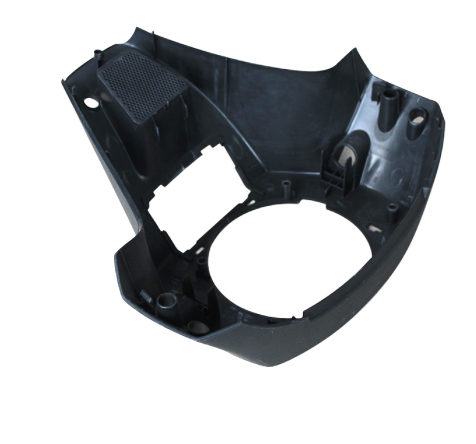
Plastic Extrusion Applications
Construction: Used for window frames, door seals, siding profiles, and moldings.
Automotive: Produces weatherstripping, trim pieces, bumpers, and seals.
Packaging: Creates films, shrink wraps, and protective plastic covers.
Medical: Custom tubing, catheters, medical wraps, and sterile packaging.
Electronics: Provides wire insulation, cable coatings, and protective casings.
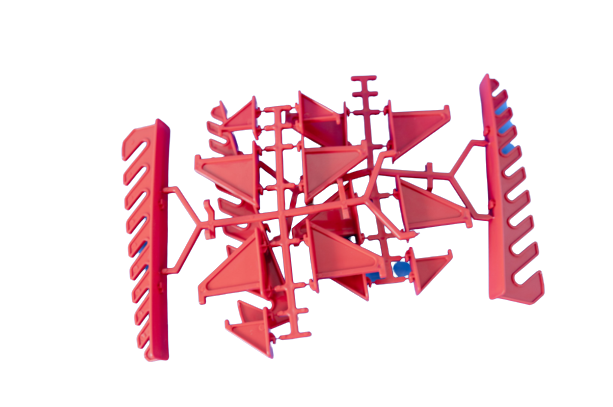
Custom Plastic Extrusion's Examples
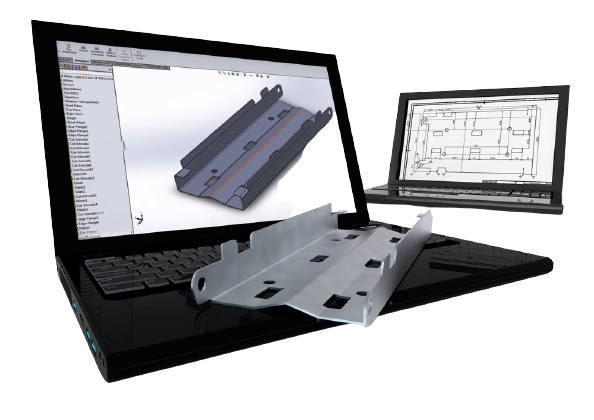
Custom Trim
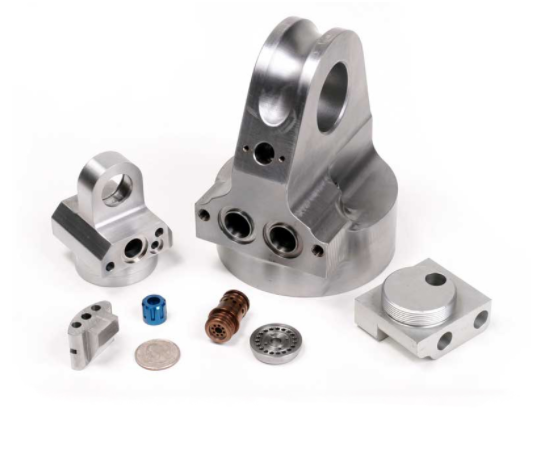
Protective Strip
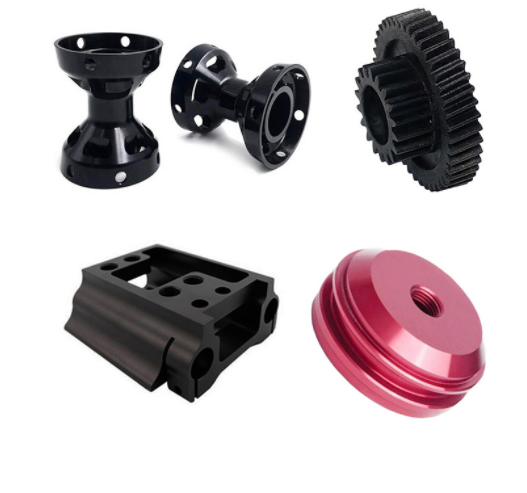
Environmental Seals
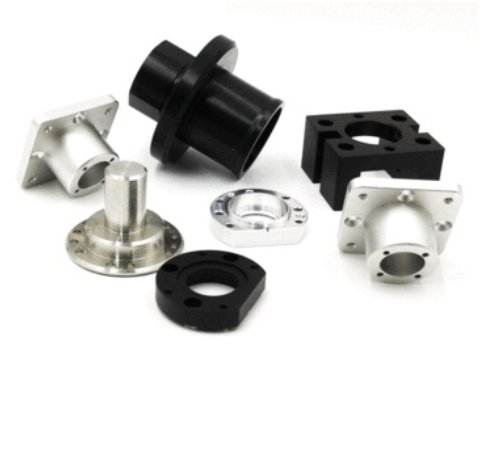
Non-standard Tubing
Plastic Extrusion With Avinyaworks
Extrusion Advantages and Disadvantages
Advantages of Plastic Extrusion
High Production Efficiency
It allows for high-volume production of parts with consistent quality, making it cost-effective for large runs.
Design Flexibility
Can produce a wide variety of shapes and sizes, from simple profiles to intricate, custom designs tailored to specific needs.
Low Material Waste
Excess material can be recycled and reused, reducing overall waste in the production process.
Versatility in Materials
A range of thermoplastic materials, such as PVC, polyethylene, and polypropylene, can be used, offering flexibility for different properties like strength, flexibility, and chemical resistance.
Disadvantages of Plastic Extrusion
Limited to Thermoplastics
The process is primarily suitable for thermoplastics, so it can’t be used for materials that do not melt or soften (e.g., thermosets).
Initial Tooling Costs
Although tooling costs are generally lower than some methods, the initial setup for creating custom dies can still be expensive, especially for complex shapes.
Potential for Warping
If the cooling process isn’t properly controlled, parts may warp or deform, affecting the final quality.
Limited Color Choices
While colorants can be added, achieving uniform color consistency across long production runs may be challenging.
Why Choose Avinyaworks For Plastic Extrusion?
Endless Options
Choose from a vast array of material options, finishes, tolerances, markings, and certifications to customize your order to meet your exact specifications.
Easy to Use
Receive your parts delivered directly to your door, eliminating the hassle of sourcing, project management, logistics, and shipping.
High Quality
Receive high-quality parts delivered directly to your door, eliminating the hassle of sourcing.

